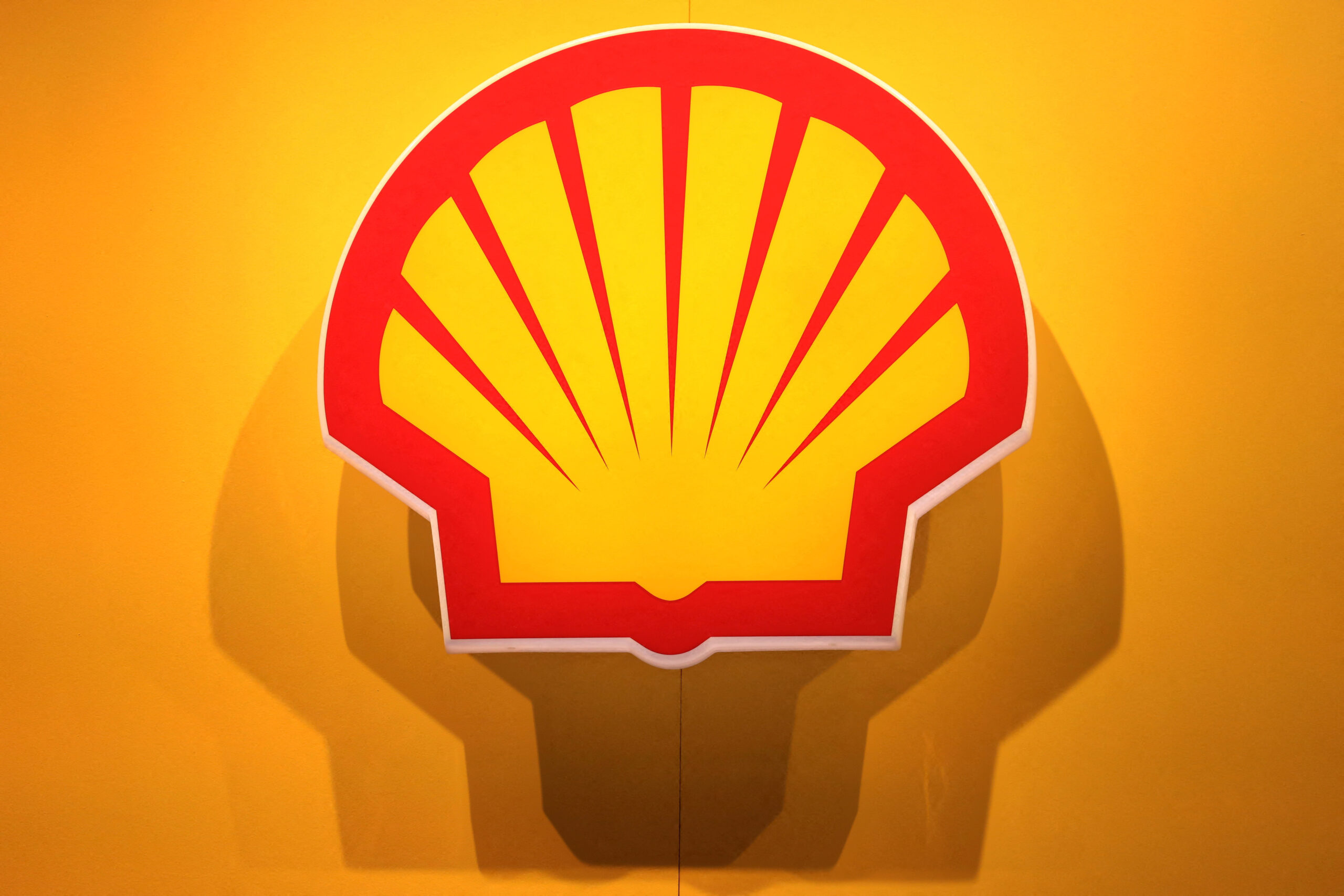LONDON – Shell (NYSE: SHEL) has replaced the liquefied natural gas (LNG) volume it lost after exiting Russia in 2022 with a string of deals that underpin CEO Wael Sawan’s bet on growing demand for the fuel as he reduces the focus on renewable energy.
The new projects in the United Arab Emirates and Trinidad and Tobago and the acquisition of a large trading portfolio put Shell halfway to achieving its target to increase LNG volumes by up to 20 million metric tons per year (mtpa) between 2023 and 2030, according to analysts and Reuters calculations.
They also allowed the British company to recover supplies lost when it pulled out of Russia after Moscow invaded Ukraine in 2022. The move led to a loss of 2.5 mtpa of supplies from the giant Sakhalin LNG project and a 5% drop in Shell’s liquefaction volumes in 2023 compared with the previous year.
LNG became Shell’s flagship division following the $53 billion acquisition of BG Group in 2016. Its integrated gas division delivered nearly half of Shell’s $28 billion adjusted earnings in 2023, helped by very strong results from its trading business, the world’s biggest LNG trader.
Since taking office in January 2023, Sawan has sought to boost Shell’s performance, pulling out of many wind, solar, and low-carbon ventures while doubling down on natural gas.
Shell forecasts the LNG market will grow by around 50% by 2040 from around 400 mtpa in 2023 as Asian economies grow and as gas, the least polluting fossil fuel replaces coal in power generation.
The British company aims to grow its LNG sales volumes by 20% to 30% by the end of the decade to up to 87 mtpa from 67 mtpa in 2023.
On Wednesday, Shell announced it had invested in a 10% stake in Abu Dhabi National Oil Company’s Ruwais LNG project that will more than double the plant’s output to 15 million tons per year (mtpa) by 2028. It will also buy 1 million mtpa from the plant, which is expected to cost around $5.5 billion, according to Japan’s Mitsui, another partner.
Shell also shouldered 10% of the engineering and planning costs that preceded Adnoc’s final investment decision in the Ruwais facility last month, industry sources told Reuters.
Shell declined to comment.
On Tuesday, Shell said it would go ahead with the development of its 2.7 trillion cubic feet (tcf) Manatee natural gas field offshore Trinidad, which will feed the country’s under-utilized 15 mtpa Atlantic liquefaction facility.
Last month Shell agreed to buy Singaporean LNG company Pavilion Energy from global investment company Temasek which gives it access to new gas markets in Europe and Singapore as well as 6.5 mtpa of supply contracts across the world.
HALF WAY
The three deals will get Shell halfway to the growth target, said Saul Kavonic, head of energy research at MST Financial.
“These three deals, in addition to LNG projects already underway, should see Shell achieve its 2030 LNG sales growth target, provided they can also offset decline elsewhere in the portfolio,” Kavonic said.
Zoë Yujnovich, Shell’s Integrated Gas and Upstream Director, told Reuters in late May that around half of the 2030 growth, roughly 11 mtpa, will come from projects under construction such as Qatar’s vast expansion of its North Field complex, its LNG Canada project that is expected to go online next year and Nigeria’s NLNG facilities.
Shell will also boost operating LNG plants such as its Prelude floating LNG facility off Australia’s western coast and the Atlantic facility in Trinidad and Tobago.
Shell aims to maintain a 50-50 ratio between its own LNG production and volumes it acquires from other producers, she added.
The recent investments align with Shell’s strategy which sees LNG as a “critical fuel in the energy transition”, Accela Research analyst Rohan Bowater said.
“Shell frames LNG as a decarbonization lever, but it has a limited impact” on its target to reduce the carbon intensity of its portfolio by 15% to 20% by 2030, Bowater said.
Increasing the weighting of gas in Shell’s portfolio by 10% by 2030 will result in a 4% reduction in net carbon intensity. The same increase in renewables capacity would achieve a reduction of 14%, he said.
(Source: ReutersReuters)
Latest News on Shell PLC (SHEL) Stock
Zabih Ullah is a seasoned finance writer with more than ten years of experience. He is highly skilled at analyzing market trends, decoding economic data, and providing insightful commentary on various financial topics. Driven by his curiosity, Zabih stays updated with the latest developments in the finance industry, ensuring that his readers receive timely and relevant news and analysis. Read Full Bio










